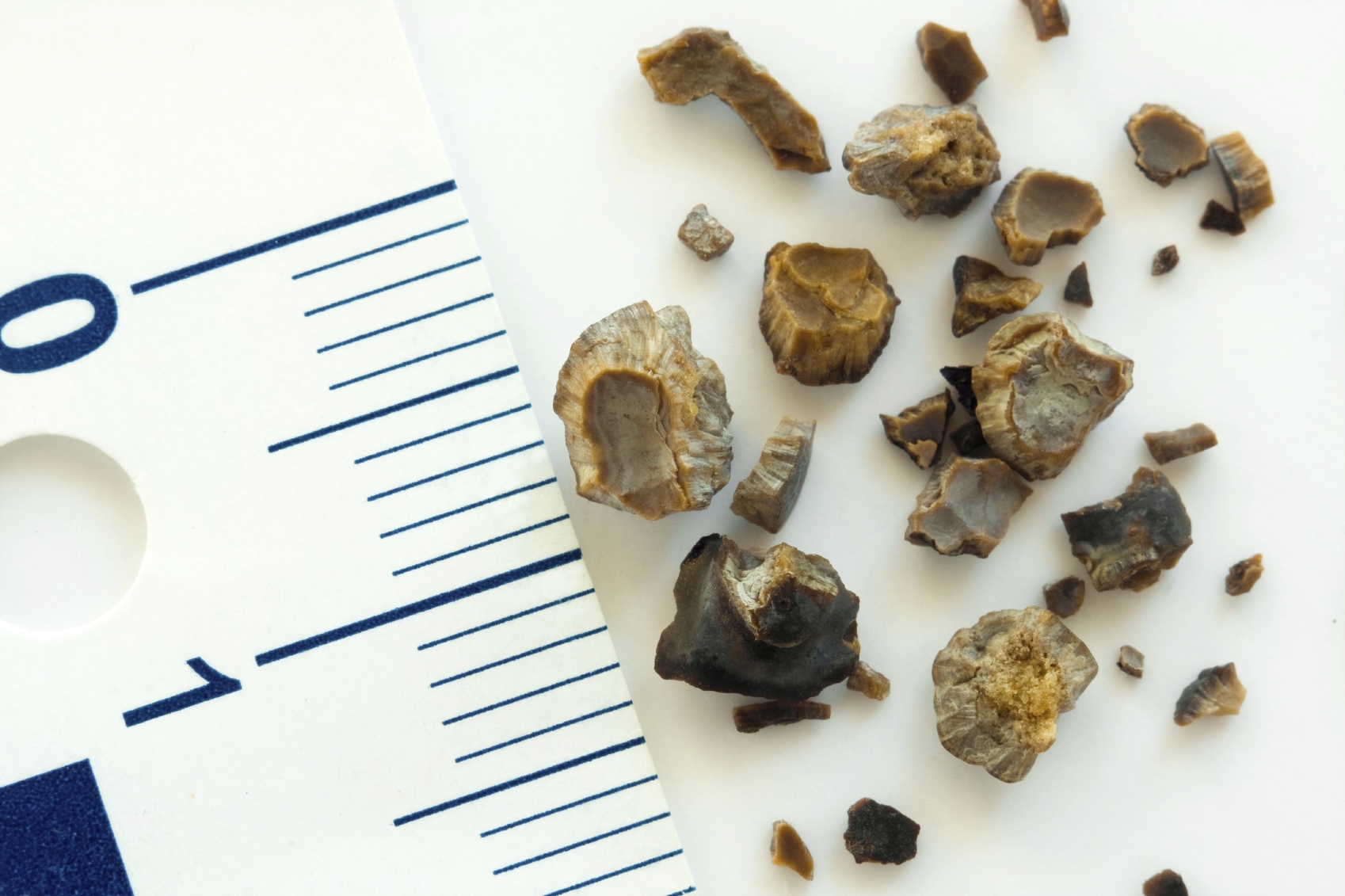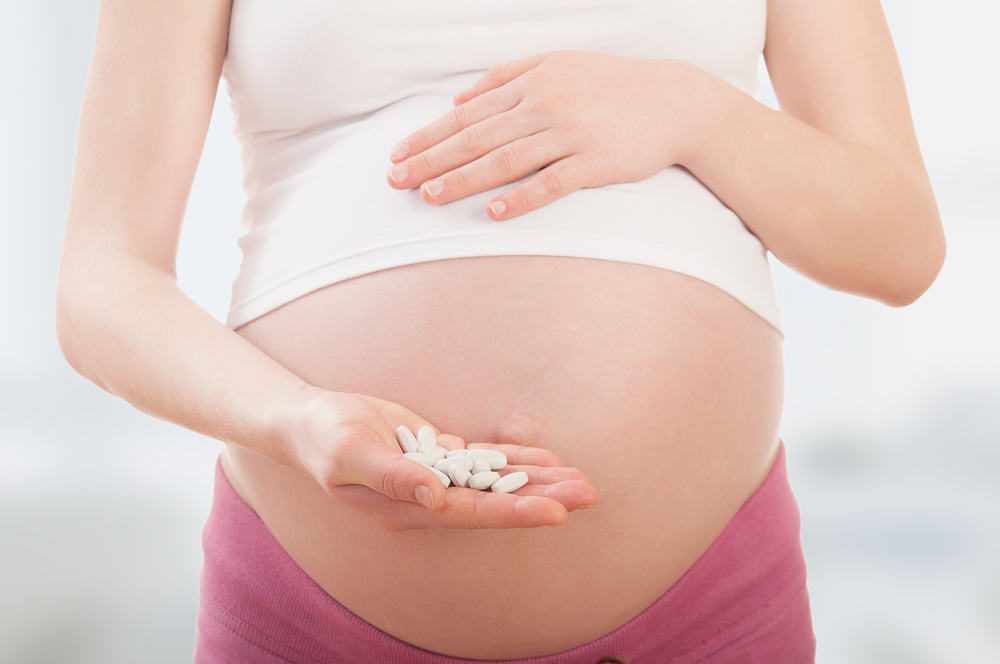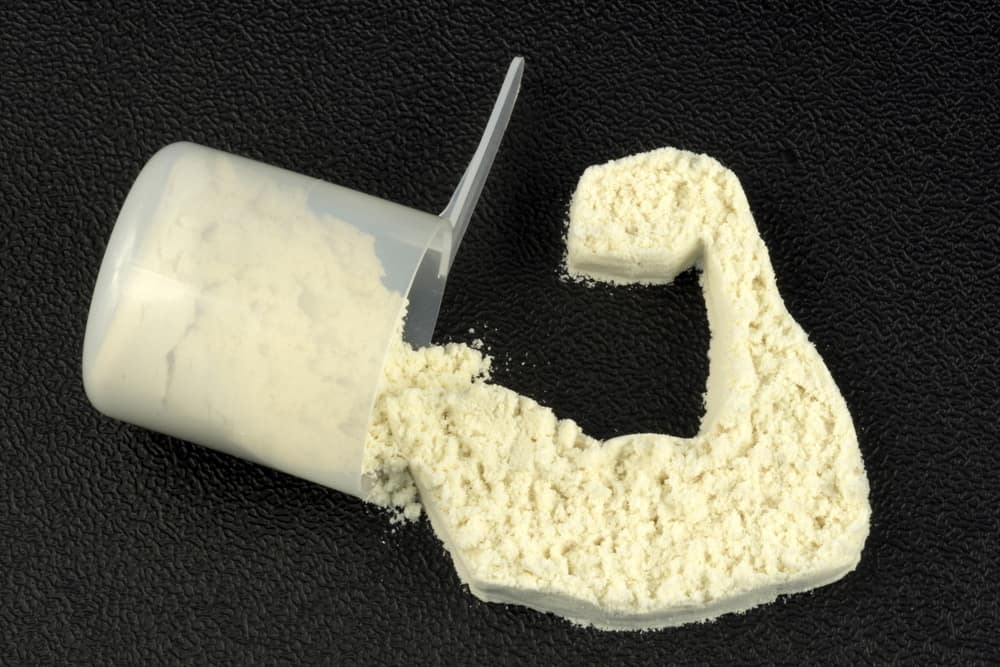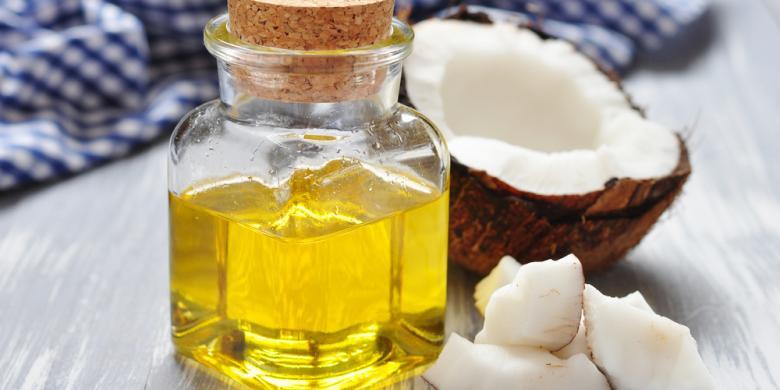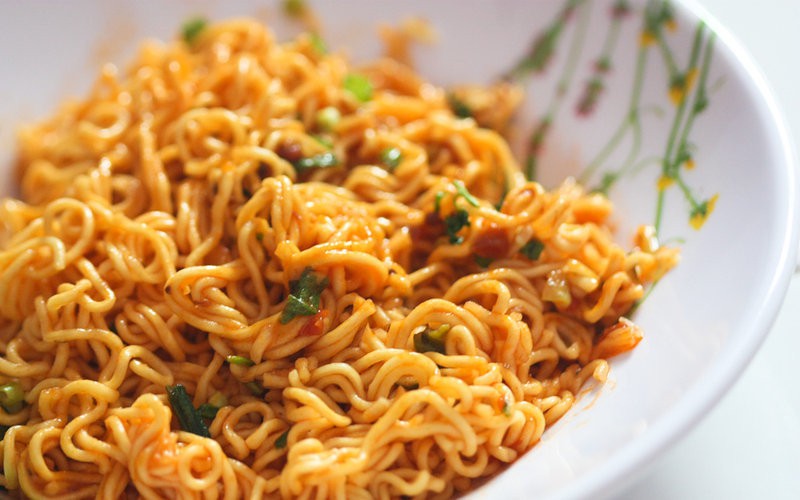Contents:
- Medical Video: The Big Difference Between Gallstones and Kidney Stones
- Overview of the kidneys and gallbladder
- What are the differences in kidney stones with gallstones?
- 1. Substances that make up kidney stones and gallstones
- 2. The process of kidney stones and gallstones
- 3. Who is more susceptible to these two diseases?
- 4. Symptoms that appear
- 5. Treatment done
- 6. Prevention carried out
Medical Video: The Big Difference Between Gallstones and Kidney Stones
Removing stones from the body may sound strange. However, there are two diseases that can cause it to occur, namely kidney stones and gallstones. Although both produce stones, the two diseases are different diseases. What are the differences between kidney stones and gallstones?
Overview of the kidneys and gallbladder
Simply put, kidney function is to filter blood and also produce urine (urine). While the gallbladder stores bile produced by the liver, which helps in digestion and absorption of fat. Both of these organs both produce stones if there is interference with the work of the two organs.
What are the differences in kidney stones with gallstones?
1. Substances that make up kidney stones and gallstones
Kidney stones are made from a collection of small crystals from minerals, calcium, oxalate, and uric acid. While gallstones are made of cholesterol deposits that form in the gallbladder. These stones can be sized like sandstone and the number can be one or more.
2. The process of kidney stones and gallstones
Kidney stones are made when the kidneys lack fluids to process minerals normally. Without sufficient fluid, the kidneys will not be able to process mineral deposits efficiently so that stones will form, while gallstones form when the gallbladder contains a lot of cholesterol or bilirubin.
3. Who is more susceptible to these two diseases?
Both of these diseases can occur in people who are obese. However, kidney stones are more likely to occur in men, while gallstones tend to occur in women.
4. Symptoms that appear
Reported from Medical Daily, in kidney stones there are usually many symptoms that appear when the stone passes through the ureter. Pain can change in intensity when the stone passes through the ureter. Symptoms of kidney stones include:
- Severe pain under the ribs
- Pain in the lower abdomen and groin
- Urination hurts and occurs continuously
- Urine is pink, red, or brown and smells. In certain cases, urine can bleed
- Nausea
- Fever and chills
Whereas in gallstones, there are not many symptoms unless the stone causes a blockage in the canal. The pain can last several minutes or several hours. Here are some symptoms that you might experience in this case:
- Sudden pain in your right upper abdomen
- Suddenly a pain just below your breastbone
- Back pain
- Pain in the right shoulder
5. Treatment done
To treat kidney stones, doctors usually recommend patients to drink more water. The water you drink will push the stone out. The doctor will certainly give painkillers to reduce the pain when the stone passes through the ureter to get out. However, if the pain is too severe, lithotripsy surgery will be performed, which is a medical procedure that is performed to remove stones that block the urinary tract.
Treating gallstones is different from kidney stones. Especially if the patient does not experience symptoms, an operation must be performed. Laparoscopic cholecystomy is the most common medical procedure for removing the gallbladder. This operation is also performed at the same time to clean the gallbladder.
6. Prevention carried out
Kidney stones can be prevented by keeping the body hydrated, which is the need for water in the body to be fulfilled. Also, avoid foods that have high oxalate levels.
While gallstones can be prevented by eating healthy foods and rich in fiber, such as fruits and vegetables. Then, avoid fatty foods or have high cholesterol levels. Maintaining weight by taking a healthy diet can also reduce the risk of gallstones.

